From the leaf to your tea bowl, the journey of authentic Japanese matcha is remarkably intricate. Each stage — shading, harvesting, steaming, drying, and milling — shapes the final flavour, aroma, colour, and nutritional value of the powder.
How Japanese Matcha Green Tea Powder Is Made
Matcha comes from tea plants grown exclusively in Japan and is produced from carefully selected cultivars prized for sweetness, colour, and umami. Only a small portion of all tea grown in Japan is suitable for high-quality matcha production.
Matcha Production Process: Step-by-Step
Producing true Japanese matcha requires specialist knowledge passed down through generations. Farmers, processors, and tea masters collaborate throughout the journey — from tending the plants to evaluating the finished tencha.

Can All Tea Plants Be Used for Matcha?
Matcha is made only from specific cultivars of Camellia sinensis chosen for sweetness, low bitterness, and their ability to produce a vibrant green colour when shaded. While all matcha is tea, not all tea can become matcha — the plant variety matters just as much as the production method.
The Harvesting Process
Harvesting typically takes place in spring when the youngest, softest leaves emerge. These leaves contain the highest levels of amino acids and produce the smoothest, sweetest matcha.
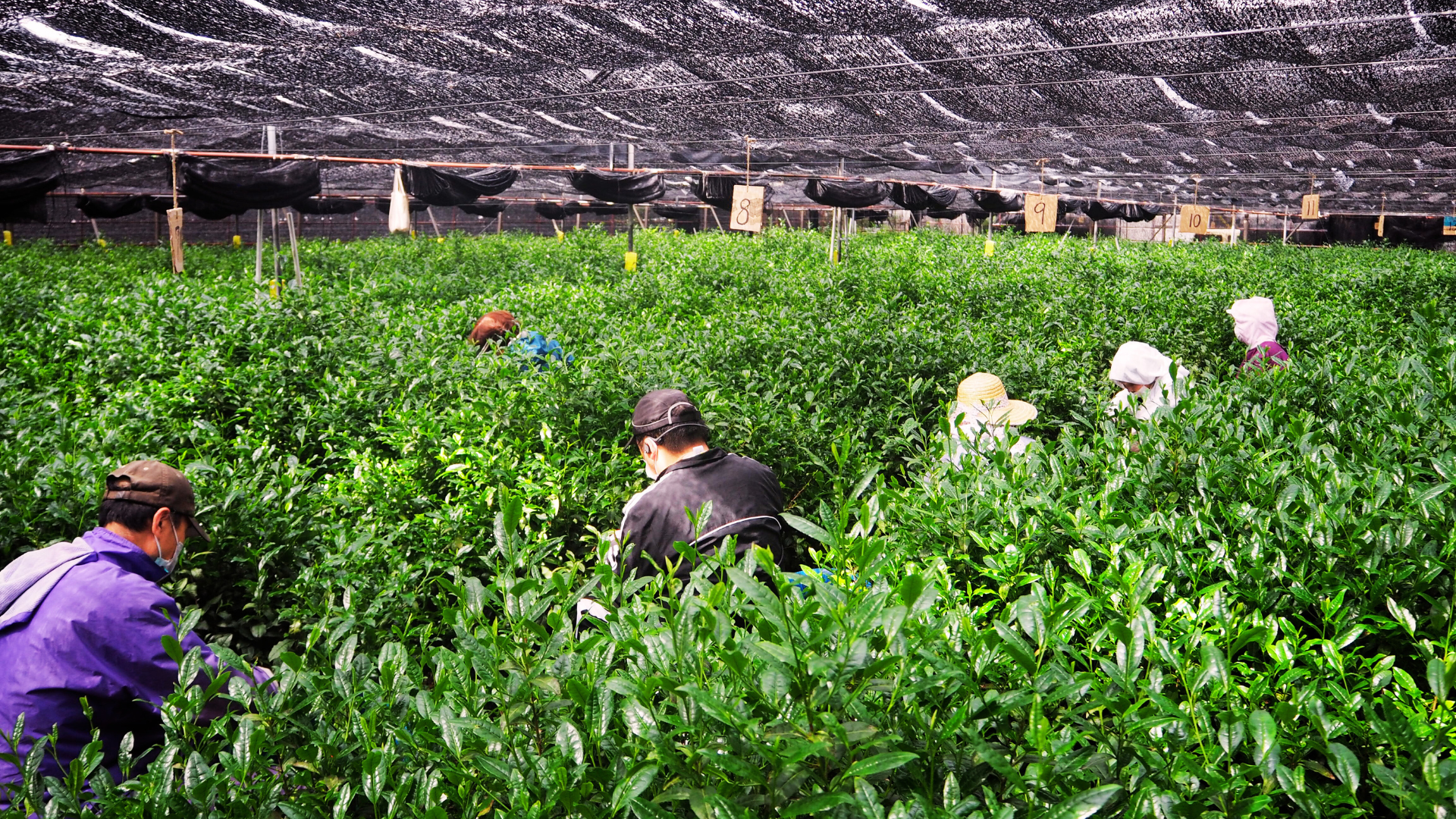
Shading: The Critical Step
Two to four weeks before picking, the tea fields are shaded. This reduces photosynthesis, dramatically increasing chlorophyll and L-theanine levels. The result is a vivid green colour and a smooth, umami-rich flavour.
From Leaf to Tencha
Immediately after harvest, leaves are steamed to prevent oxidation and preserve their bright colour. After steaming, they are dried using large wind tunnels and then passed through finishing ovens where the leaves become “tencha.”
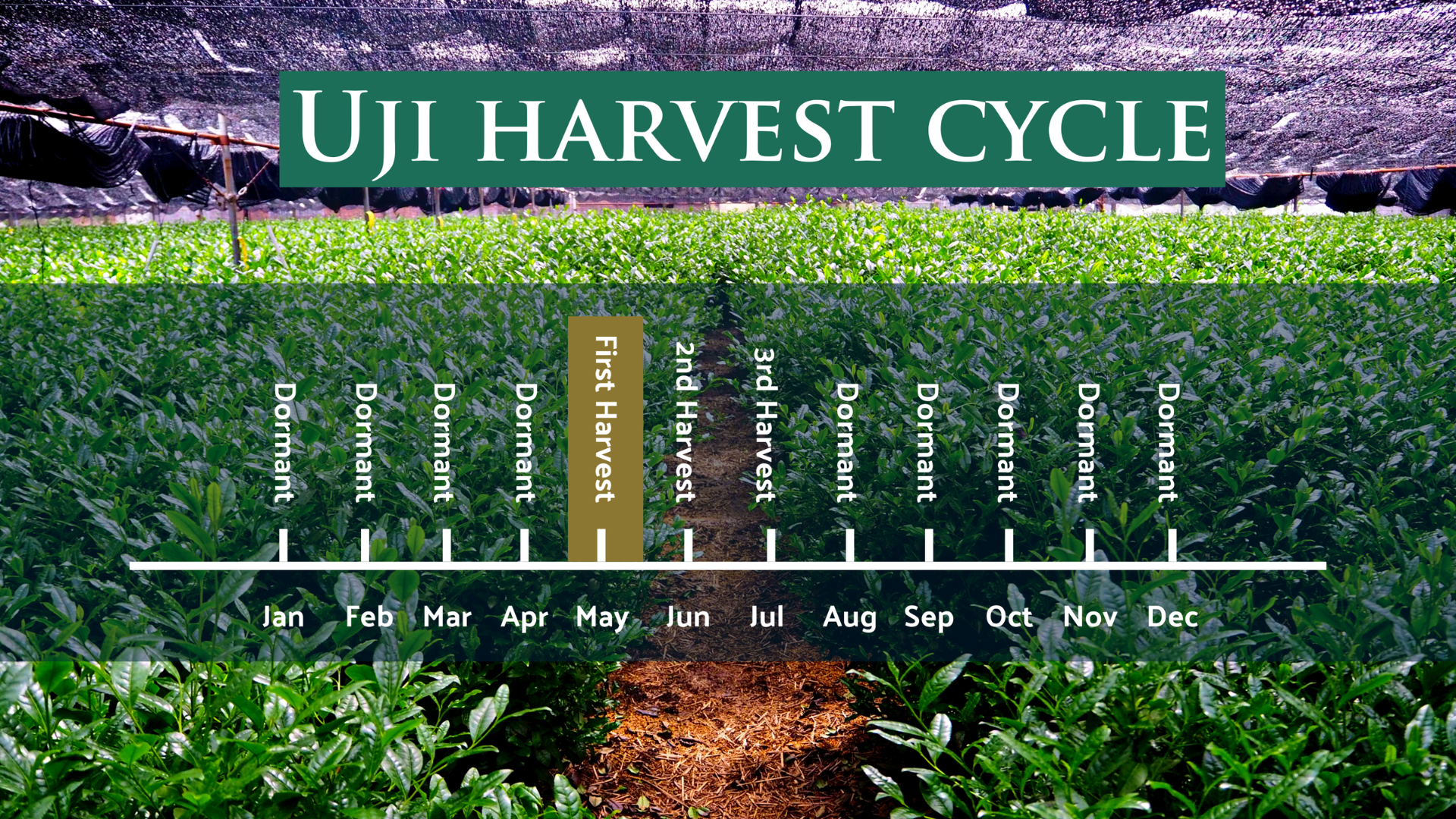
Understanding Matcha Harvest Seasons
First harvest (Ichibancha): Late April–early May. The highest quality and richest flavour.
Second harvest (Nibancha): About one month later. Stronger flavour, less sweetness.
Third harvest (Sanbancha): Another month later. More robust and typically used for culinary applications.
Steaming Process
Freshly picked leaves are transported to a facility where they are steamed within hours. This step is vital in preserving colour, aroma and nutrients.
Drying: Turning Leaves into Tencha
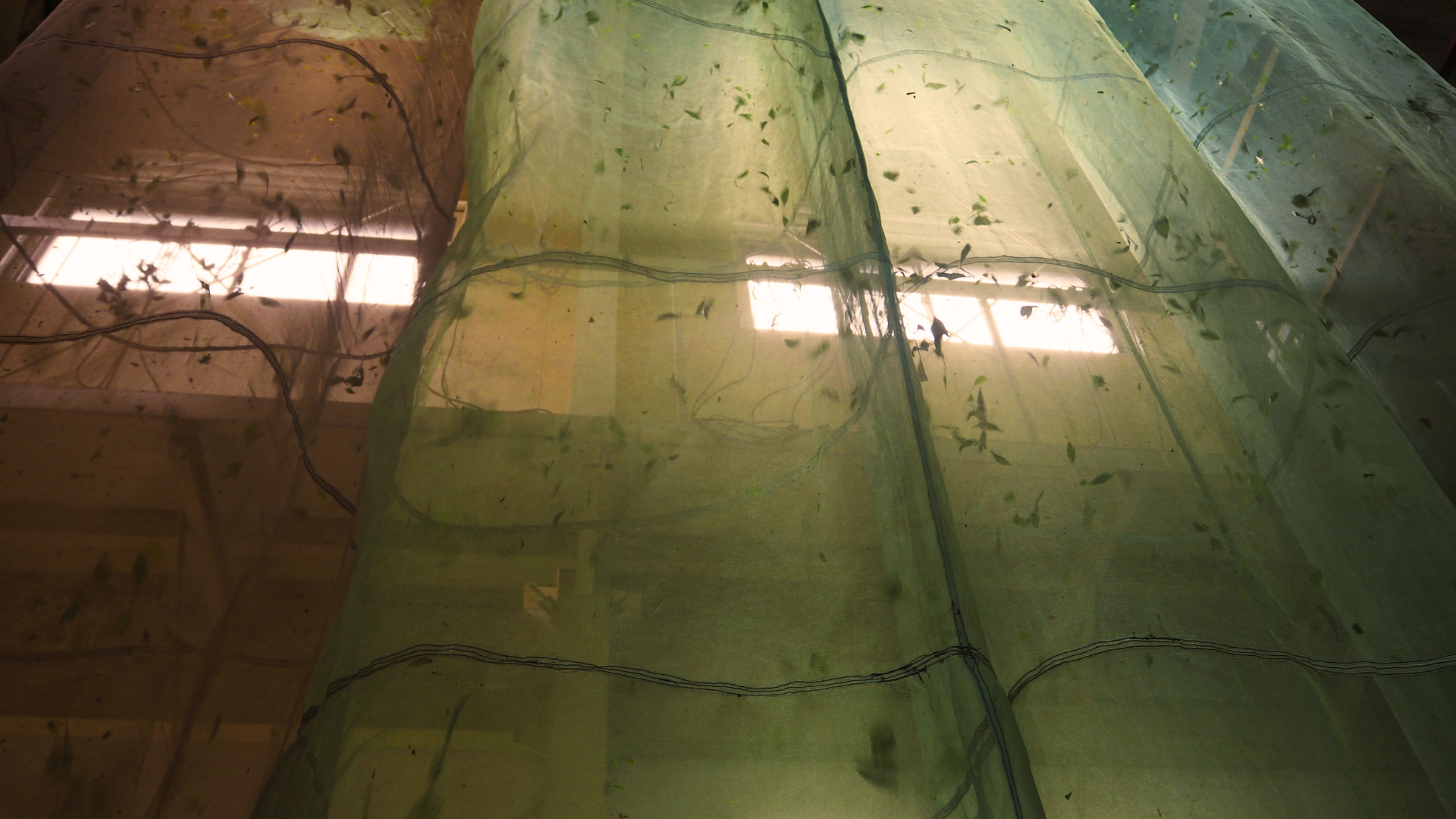
After steaming, leaves undergo wind-drying and heat-drying. The resulting flat, fragile material is tencha — the precursor to matcha.
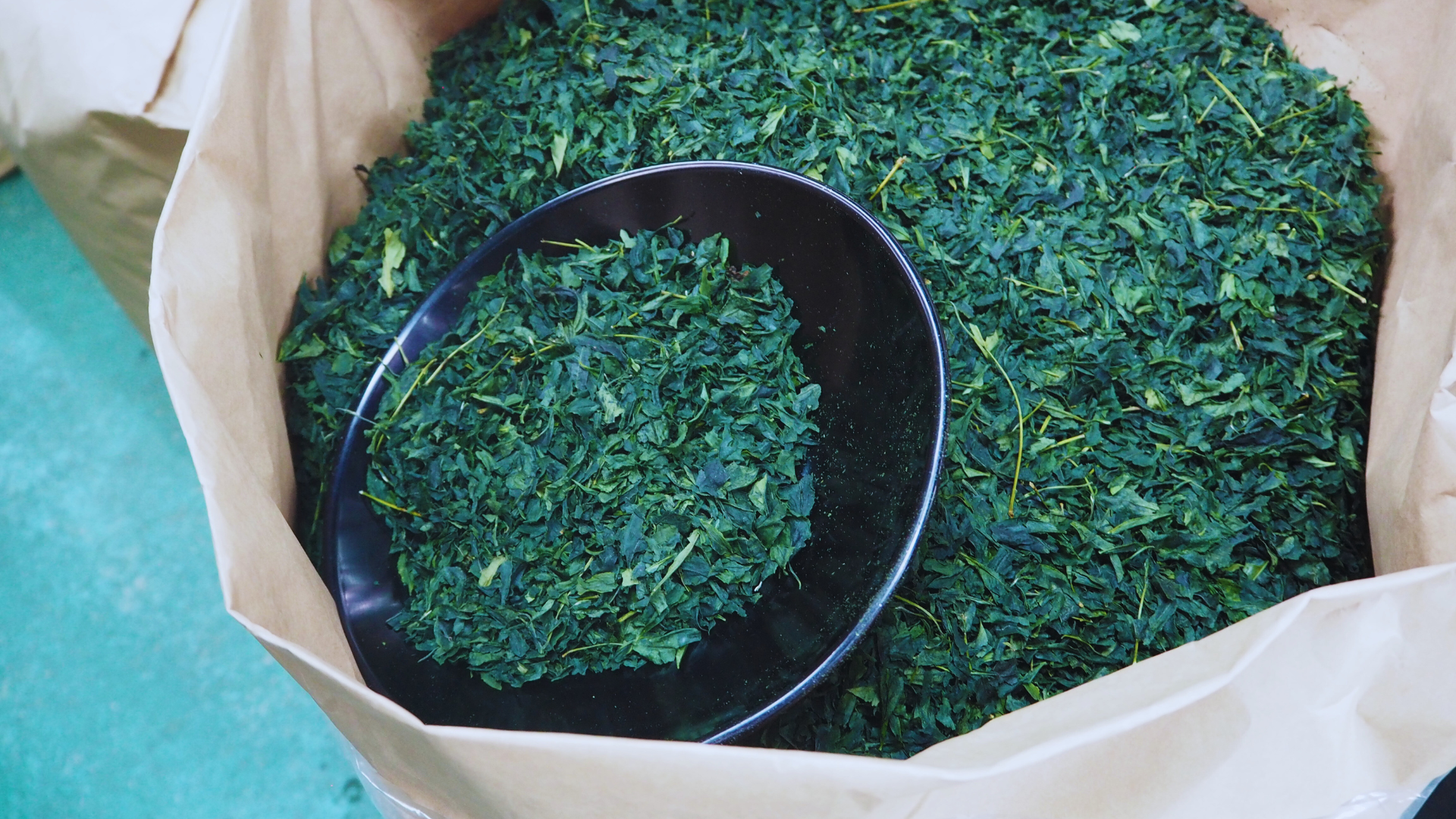
The Traditional Stone Mill Process
The hallmark of premium matcha is the use of slow, granite stone mills. Each mill produces just 30 grams of matcha per hour. The low temperature and slow rotation preserve aroma compounds and create extremely fine powder with natural variation in particle size.
Why Particle Size Matters
Superior matcha contains a spectrum of particle sizes, contributing to a smoother mouthfeel, better froth, and complex flavour. Producers carefully control mill speed — typically around 48 RPM — to achieve ideal texture.
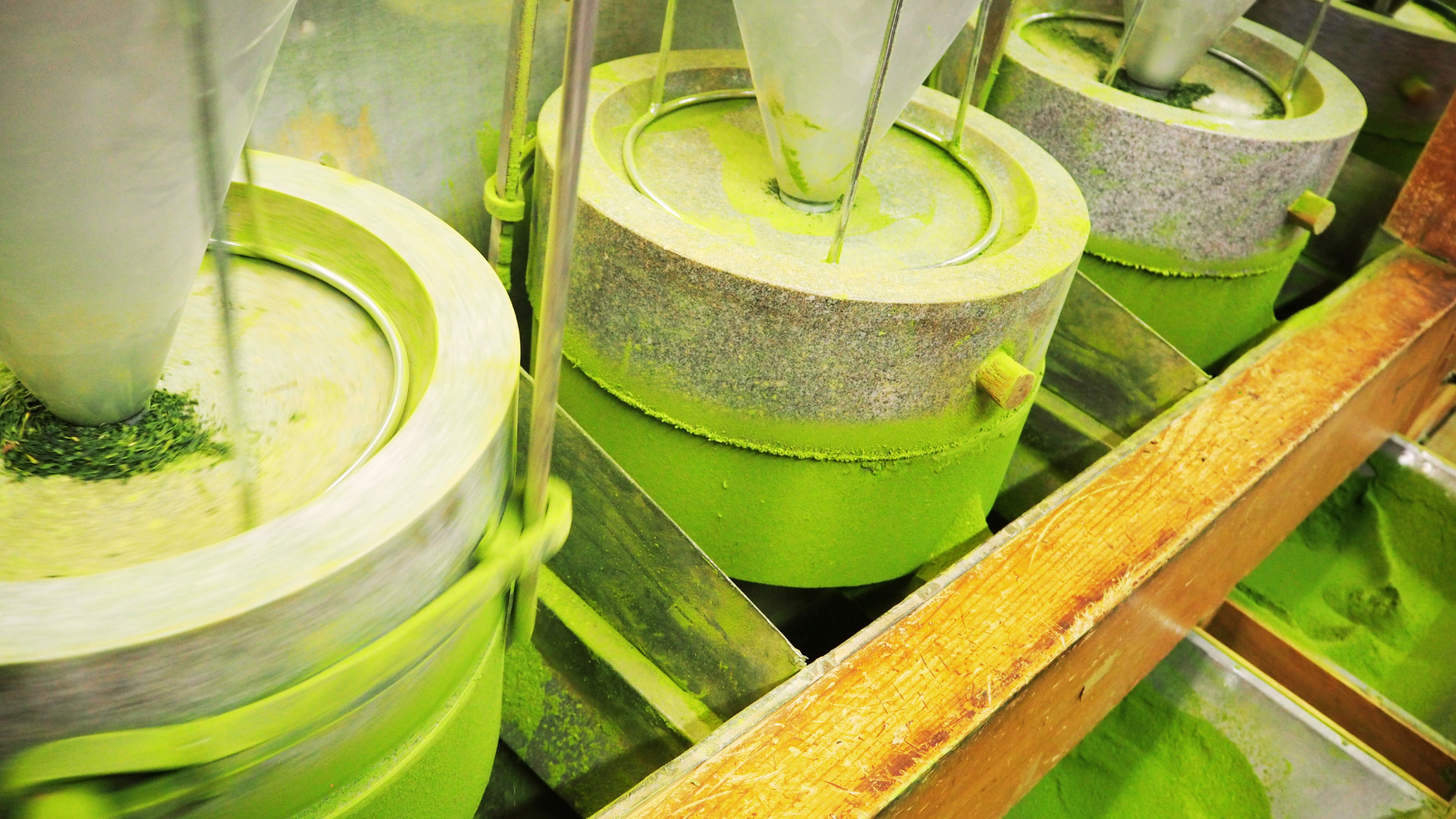
How to Make Matcha Tea
Whisk 1–2 grams of matcha with hot (not boiling) water using a bamboo whisk until frothy. The traditional method creates a silky, balanced bowl of tea. Learn more here.
Matcha Bamboo Whisk
The bamboo whisk (chasen) evenly blends matcha into water, creating the signature foam. A high-quality whisk improves texture and reduces clumping.
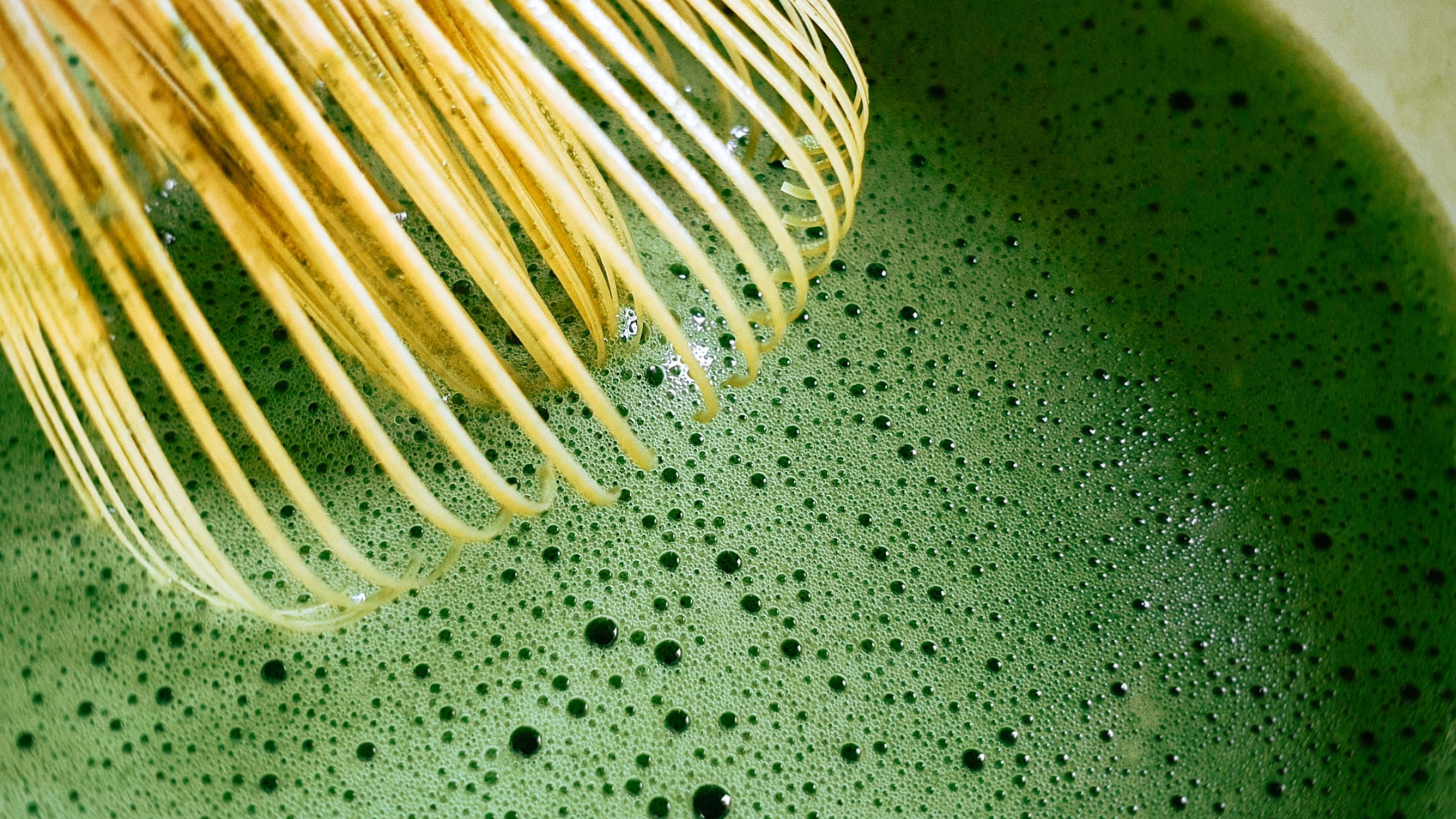
The Art of Matcha Production in Japan
Matcha production is a craft refined over centuries. Each step — from cultivar selection to stone milling — reflects Japan’s deep appreciation for tea culture.
How to Make Matcha Without a Whisk
Add matcha and warm water to a bottle, shake vigorously, and enjoy. This method works well for iced matcha too.
Modern Machines vs. Stone Mills
Some producers use high-speed milling machines for large-scale production. While efficient, they lack the nuanced particle structure and flavour complexity produced by traditional stone mills.
Matcha vs. Green Tea
Matcha is whole-leaf tea ground into powder — meaning you consume the entire leaf. This gives matcha a richer flavour and higher nutrient density than brewed green tea.
Ceremonial Grade Matcha
Ceremonial-grade matcha is made from the youngest, highest-quality leaves, with stems and veins removed before milling. The result is vibrant, smooth, and ideal for drinking straight.
To explore our range of authentic Uji-grown matcha, visit our product collection below.
This educational content is not medical advice. Please consult a qualified professional regarding caffeine intake or health concerns.


